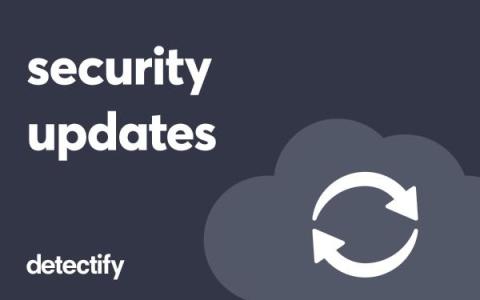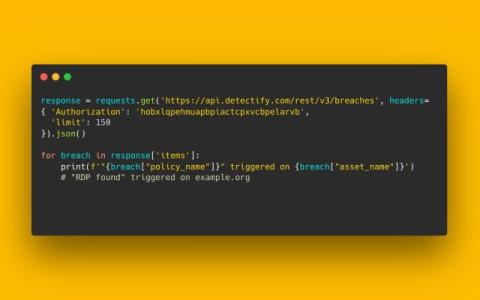What is Access Control Management and Why Is It Important?
One of the most important aspects of modern cybersecurity is managing access to IT systems and data. Indeed, organizations that lack robust access management are putting a lot on the line, from customer trust to business revenue. This article explains access control management, explores its key components, and provides best practices for implementation.











